Guide to Choose your Perfect Pure Silk Saree
We all love and own many Silk Sarees. We all know how much our grandmothers and mothers treasured the silk fabric, and why not! Silk sarees are one addition to your wardrobe that you will always thank yourself for. Grace, elegance, tradition, culture, and modernity, all woven into one; they are the pure essence for Indian Culture that goes back hundreds of years. It is not surprising that this favored piece of clothing comes in a variety of styles and designs.
However, many of us do not know how to distinguish between the various silk sarees. In today’s post, we are going to list ten most popular types of silk sarees. Read on to know more about the most common types of silk sarees that you can find on the market today.
1. Banarasi Silk Saree
A Banarasi sari is a sari made in Varanasi, a city which is also called Benares or Banaras. The saris are among the finest saris in India and are known for their gold and silver brocade or zari, fine silk and opulent embroidery. The saris are made of finely woven silk and are decorated with intricate design, and, because of these engravings, are relatively heavy.
Their special characteristics are Mughal inspired designs such as intricate intertwining floral and foliate motifs, kalga and bel, a string of upright leaves called jhallar at the outer, edge of border is a characteristic of these saris. Other features are gold work, compact weaving, figures with small details, metallic visual effects, pallus, jal (a net like pattern), and mina work.
The saris are a very important part of an Indian bride's trousseau.
Depending on the intricacy of its designs and patterns, a sari can take from 15 days to a month and sometimes up to six months to complete. Banarasi saris are mostly worn by Indian women on important occasions such as when attending a wedding and are expected to be complemented by the woman's best gold jewelry.
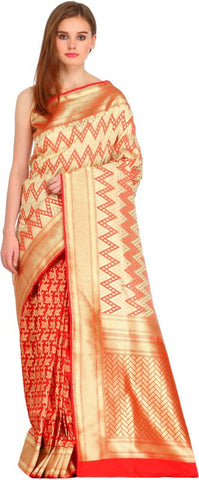
2. Kanjeevaram Silk Saree
Kanjeevaram Sarees, also known as Kanchipuram Sarees, originated in Kanchipuram, the capital of Tamil Nadu. If you are someone who loves premium and fine silk, then Kanjeeveram sarees are for you. These sarees are characterized by the exceptional quality of silk that is used and their intricate weaving patterns. Also, these sarees use golden-silver thread that is known for the sheer elegance it imparts to the fabric.
With an absorbing story behind the invention of these sarees, Kanjeevaram or Kanchipuram silk is one of the most cherished possessions in a woman’s wardrobe. The kind of embroidery and motifs that go on this fabric leave you breathless.

3. Tussar Silk Saree
Next in line are the tussar silk sarees. These are mostly made by tribal people in India and are derived out of a particular type of silkworm that is found in South Asia. Tussar silk sarees come majorly in neutral tones such as honey and beige, and can be matched with bright colored saree blouses.
The Tussar silk weaving industry in Bhagalpur, more than a century old, has about 30,000 handloom weavers working on some 25,000 handlooms.
Tussar Silk Sarees need to be maintained with care.

4. Art Silk Sarees
This fabric joined the list very recently. Art silk means artificial silk and as the name suggests, it isn’t actually silk but do look like silk. Of course, people with an experienced eye can tell it isn’t the real silk, but normal people can never guess whether you’re wearing real one or this one.
Thus, this saree is being loved by women who don’t want to spend loads of money on buying real silk but still want to show off the graceful fabric in a way.

5. Bhagalpuri Silk Sarees
These sarees gained their popularity because of their affordability and friendly designs. These sarees are a perfect daily wear option and add a nice oomph!
These saris originate in Bhagalpur, which is a small town situated on the banks of the river Ganga. The specialty of this town is the special silk fabric known as tusser silk or Bhagalpuri silk. The silk produced in this town is exported globally. Bhagalpur is also known as the silk city.
Approximately 200 years ago, Bhagalpur was filled with a lot of skilled craftsmen who specialized in weaving a special kind of silk which was later introduced as Bhagalpuri silk.
The dyeing technique of a Bhagalpuri silk saree is what sets them apart from the regular art silk sarees available in India. Renowned fashion designers from India are also incorporating the usage of Bhagalpuri silk in their latest collection.

6. Baluchari Silk Sarees
Another class of silk sarees IS the Baluchari sarees. Known for their royal look, these sarees find their origin in West Bengal. The borders are usually designed with patterns that depict stories from epics like the Ramayana and the Mahabharata.
7. Konrad Silk Sarees
Konrad sarees are one of the most well-known sarees. These have originated from Tamil Nadu and have earned a great reputation on account of its traditional affluence and usage of excellent fabrics. These sarees have borders embellished with varied designs. It is among the most intricately designed hand woven sarees from the region. Also known as Temple sarees, and Mubbhagam sarees, a hand woven Konrad saree is expensive, but completely worth the money that you are investing in it.

8. Mysore Silk Sarees
Mysore Silk Sarees are one of the finest forms of sarees popular across the globe. They come in vibrant colors and give a rich feel and a classic look to a sari. Like the Kanchipuram Silk Sarees, the Mysore Silk Sarees are also an innate form of the culture and tradition of both South and North India. The origin of Mysore Silk Sarees is from Karnataka and is known to be one of the purest forms of silk. The first Mysore silk factory was started by the Maharaja of Mysore in the year 1912.
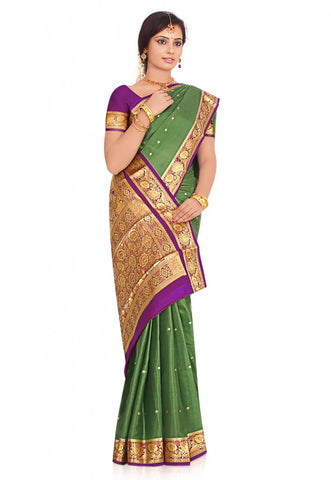
9. Chanderi Silk Sarees
Chanderi sarees come from Madhya Pradesh and are known for being light-weight and very comfortable. The patterns imprinted on these sarees are usually taken from the Chanderi temples.
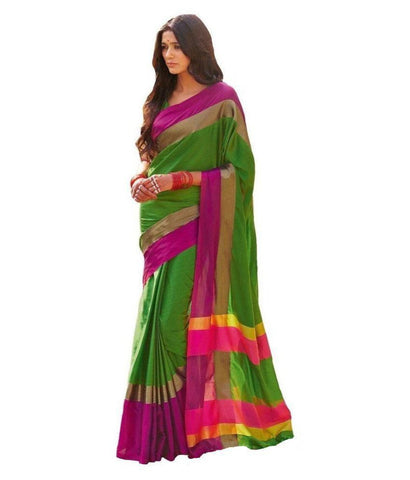
10. Thanchoi Silk Sarees
ThanChoi silk sarees are characterized by floral motifs. These are made by weaving the silk fabric in a way that imparts a brocade look to the overall garment. Thanchoi sarees are quite popular in various parts of India.

11. Paithani Silk Saree
Another form of silk sarees coming from the western part of India are the Paithani sarees. They are famous for their natural patterns such as trees, and birds like parrots and peacocks. The standard colors are magenta, blue, purple, and green.
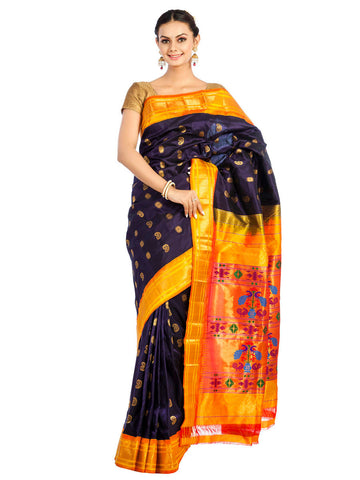
12. Bandhani Silk Saree
Bandhani silk sarees come from Gujarat. These are woven using a special type of dyeing technique. Traditionally, Jaipur is known to produce the largest number of these sarees.

13. Crepe Silk
Crape is a fabric that’s characterized by pebbly surface. The texture is the result of twisted yarn and the threads can be of any type. In crape silk, the threads are usually of raw silk, twisted and tied together to produce the unique crape texture. Crape silk is usually light-weight. The best type of crape is, in fact, crape de chine which is the most expensive and fine type of crape. You can easily find the crape silk, made of raw silk threads, in the affordable range.

14. Raw Silk Sarees
Don’t kill us if you feel your recently bought silk saree feels as if it was of cotton! The texture of raw silk is uneven and it often lacks the smoothness and luster that normal silk has. But does that mean raw silk isn’t silk? It’s false. The pure silk is produced from raw silk after a substance called ‘gum’ is removed from it. So, raw silk is very much silk but it’s very inexpensive and stiff.

15. Cotton Silk Sarees
Cotton silk is a hybrid fabric produced by combining cotton and silk yarns. The texture of the fabric depends on the amount of each type of yarn used during production. It’s a light-weight, soft and absorbent fabric perfect for summer wear. Note that it may not be as soft as silk but it’s certainly softer than cotton.

We hope you have thoroughly enjoyed learning about the different types of Silk Sarees and hope it will make your search for the perfect one a bit simpler!
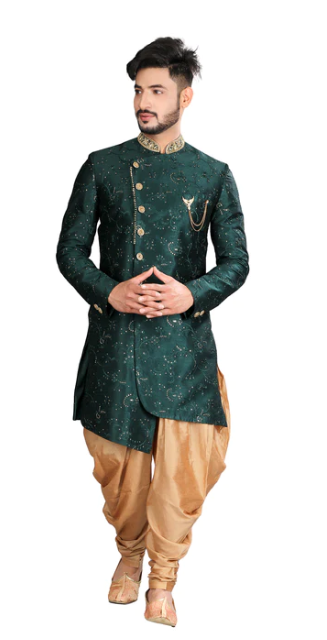
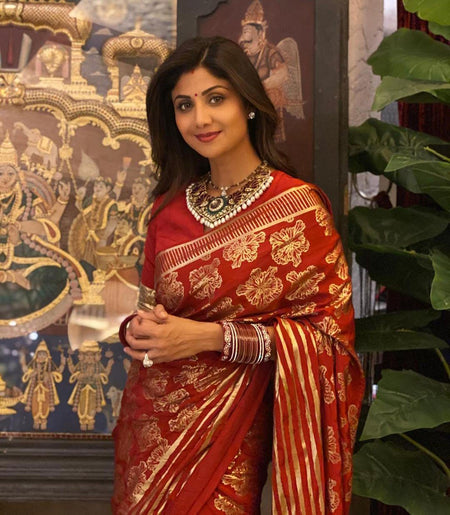
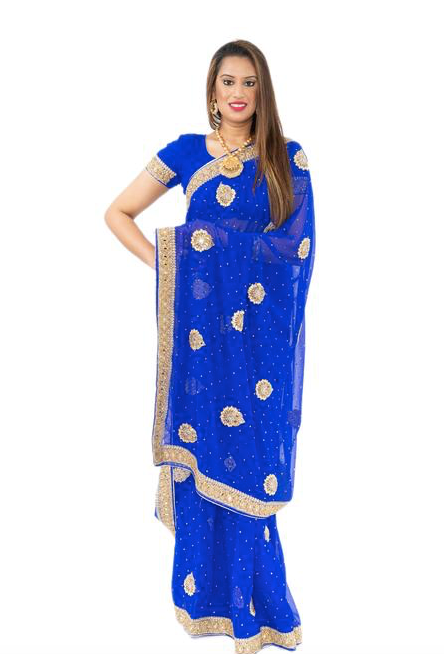
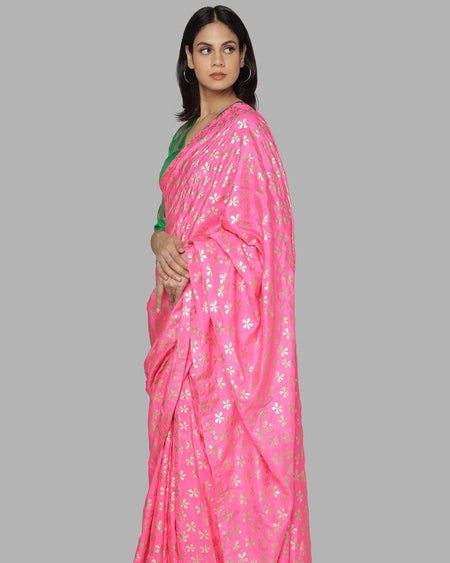
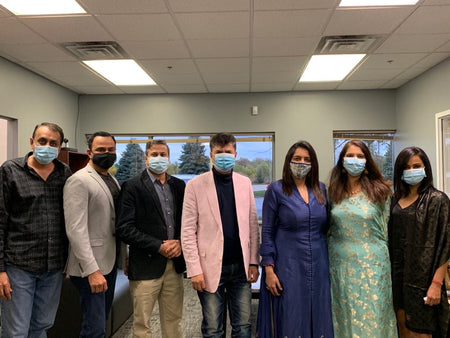
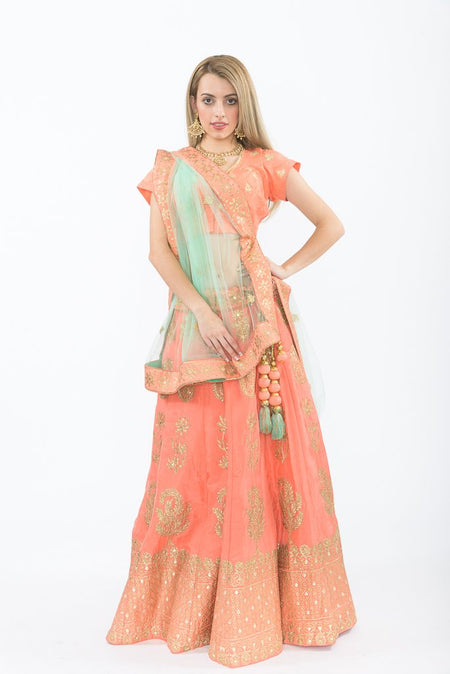
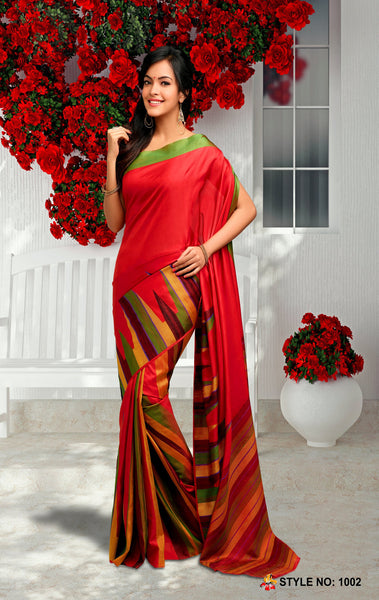

Comments
Jul 26, 2018
Swetha
good write-up on choosing wedding silk sarees!
Jul 15, 2018
Swetha
Kanjivaram silk sarees are of exclusiveness for every discerning woman. Found an interesting online place for shopping pure kanjivaram silk sarees here
Jul 15, 2018
prashanth zinnga
Excellent blog….Nice silk sarees…Thanks for sharing with us……
https://zinnga.com/collections/buy-sarees-online
Jul 15, 2018
venkat
Nice blog and great collections of sarees !!Thanks for sharing these post…..
https://www.uppada.com/